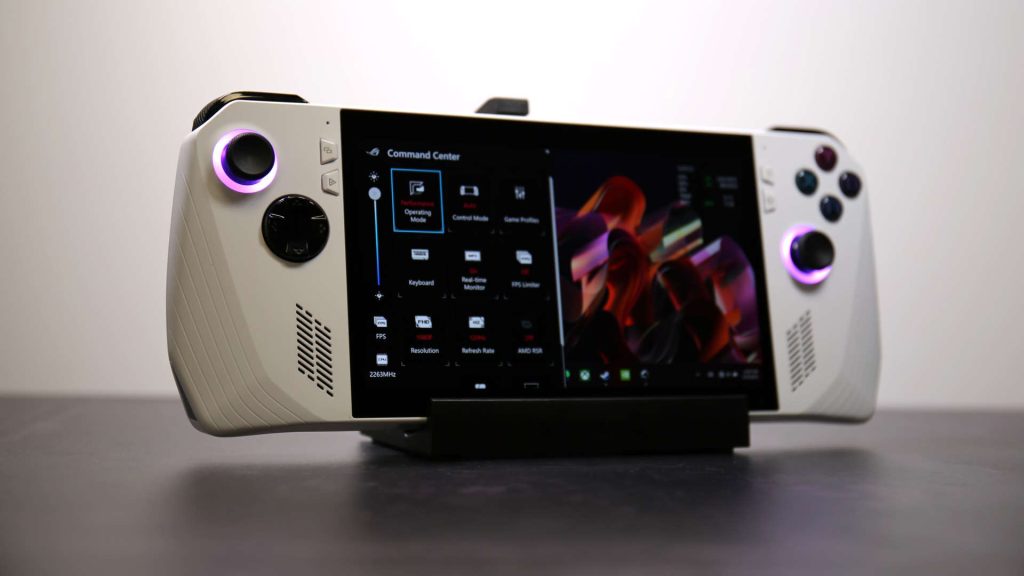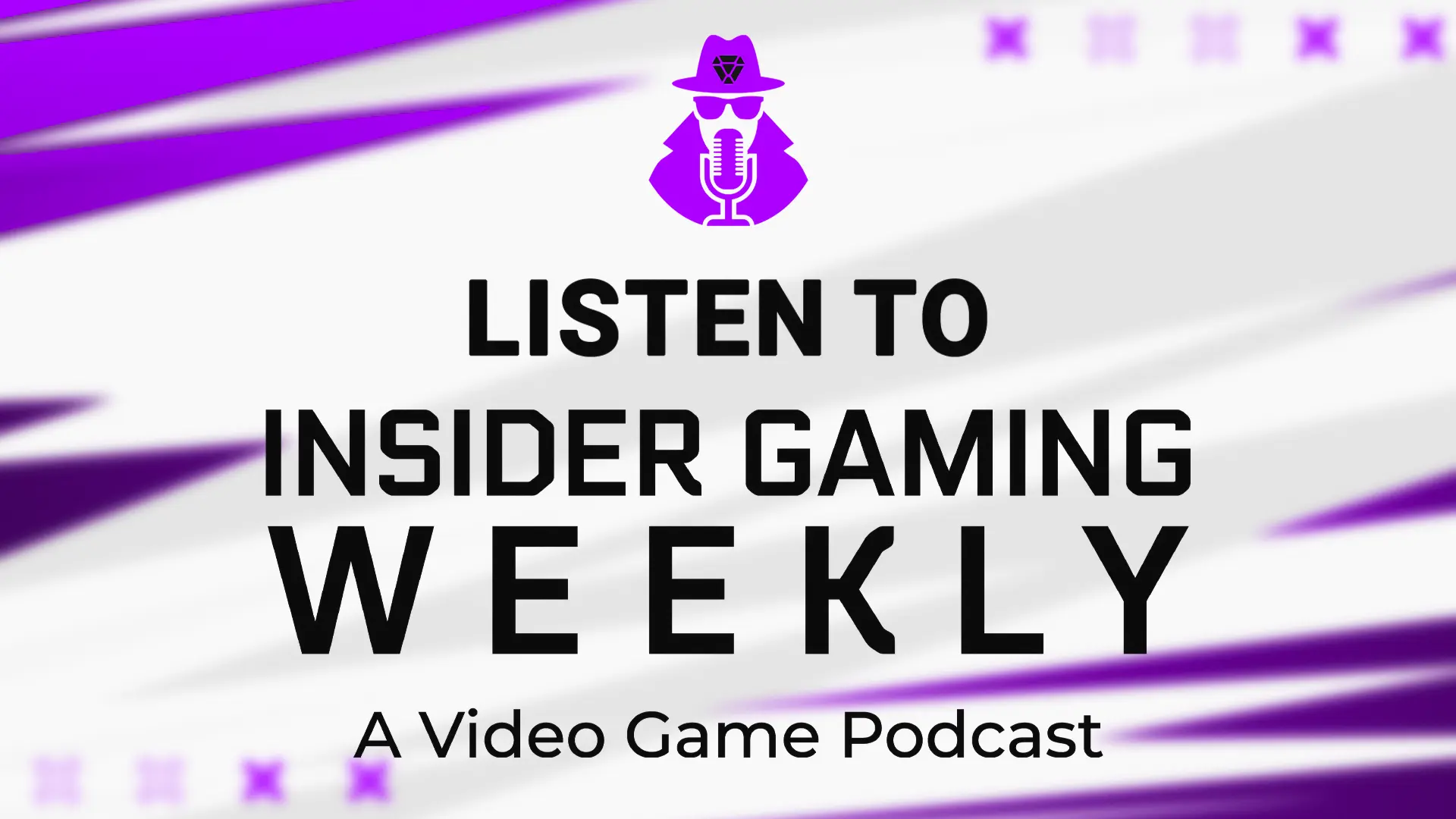In June 2023, Asus released the ROG Ally worldwide and forever changed the playing field where handheld gaming devices were concerned. Following in the ever-so-successful footsteps of Valve’s Steam Deck, Asus cornered a fair portion of the market by introducing a Windows 11-powered device with a white-hot processor and a gorgeous aesthetic – but it wasn’t without its teething issues.
Fast forward an entire year and the Asus ROG Ally is still at the top of the table – but it has been joined by some tough competition. In the last few months, the Lenovo Legion Go and the MSI Claw have entered the battlefield, and even a new ROG Ally model has surfaced – the ‘ROG Ally X’.
One year on, is the Asus ROG Ally still worth your money?
Powerful Playing
With a Windows 11 OS as standard, the Asus ROG Ally is and forever will be a versatile and highly dynamic device. If you were to pair it with a wireless keyboard and mouse, you’ve got yourself a low-powered gaming PC. It can run more or less any launcher, and while some games are finicky in terms of compatibility, almost anything can be played on the device. It also supports every application you can install on a laptop or a PC, which is another huge bonus.
I’ve been toying with the Asus ROG Ally for a few months, and it’s so rare that I’ve had a bad experience. The biggest drawback is the unit’s battery, which flakes out after playing a ‘good’ game for more than 45 minutes. On charge, you can boost the ROG Ally into ‘Turbo Mode’ and keep playing for hours, but then you’ll need to contend with a little heat source in the palms of your hands.
From Fallout 4 to Escape from Tarkov and from Modern Warfare 3 to Days Gone, I’ve played quite a mix of games on the Asus ROG Ally. It’s a powerful device considering its size, but on plenty of occasions, I had to drop the quality of these games right down to the bottom to produce a stable and consistent experience – but that’s not a huge issue, as almost everything looks good on the 1080p, 7-inch touchscreen (which boasts a 120hz refresh rate).
The AMD RDNA-powered GPU and the 16 GB of RAM are enough to run most modern games, but the upgraded model is the one to go for if you want the best experience possible. In the Asus ROG Ally X, there’s a 1 TB NVMe SSD and 24 GB of RAM, plus a battery that boasts twice as much power.
However, the original Asus ROG Ally can still use the ROG XG Mobile eGPU to take advantage of the equivalent of an RTX 3070 GPU, while the ROG Ally X cannot.
Getting to Grips

In your hands, the Asus ROG Ally still feels very nice, even after months of use. It’s a sleek device that has a nice splash of RGB front and centre, which appeals to the gamer in all of us. The face buttons are a good size and are tactile, and the whole setup is made to mimic an Xbox or a PlayStation controller, right down to the sloped triggers and large, curved shoulder buttons. The thumbsticks are ‘full-sized’ and grippy, and the additional buttons that are there to accommodate extra inputs plus shortcuts to the onboard software are run-of-the-mill but on-theme.
With a stereo speaker setup boasting Dolby Atmos, the included sound system is decent enough, but I paired the ROG Ally with a Bluetooth headset to get the best experience possible.
Now that the ROG Ally X is on the market, you should be able to land a good deal on the Asus ROG Ally OG unit, but it’s best to get in quickly before stock dries up forever. It’s a solid gaming machine with fantastic multi-tasking potential, and it’s easily one of the best-looking devices out of the bunch when sat alongside the Lenovo Legion Go, the MSI Claw, or the Steam Deck. Even a year after launch, I still find myself using it a few times a week when travelling or simply lounging on the sofa and not wanting to drag myself to my PC.
I’ll keep hold of my ROG Ally until it gives up on me, basically.
For more Insider Gaming, check out the news that Green Hell has sold 6 million copies, and subscribe to our YouTube channel










